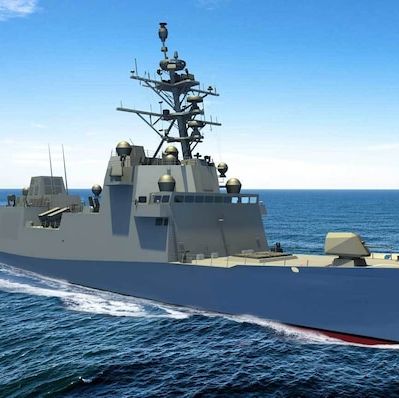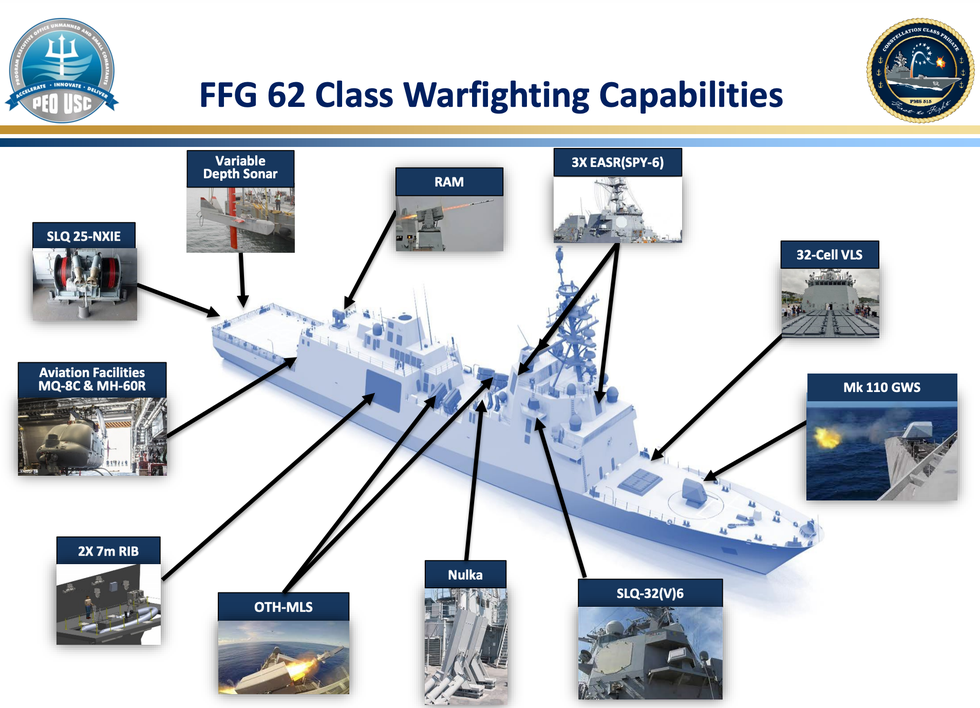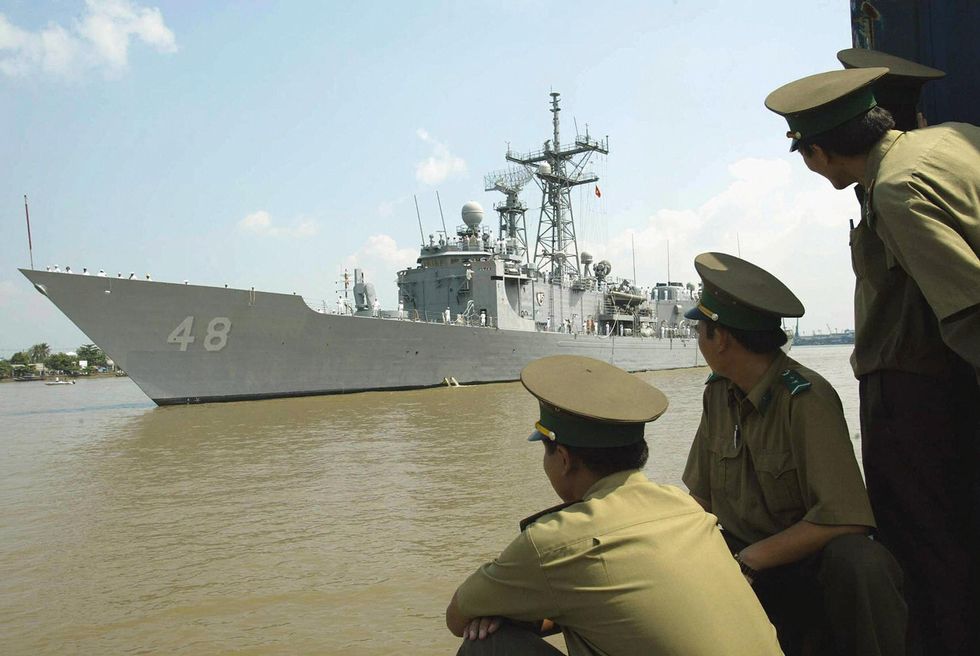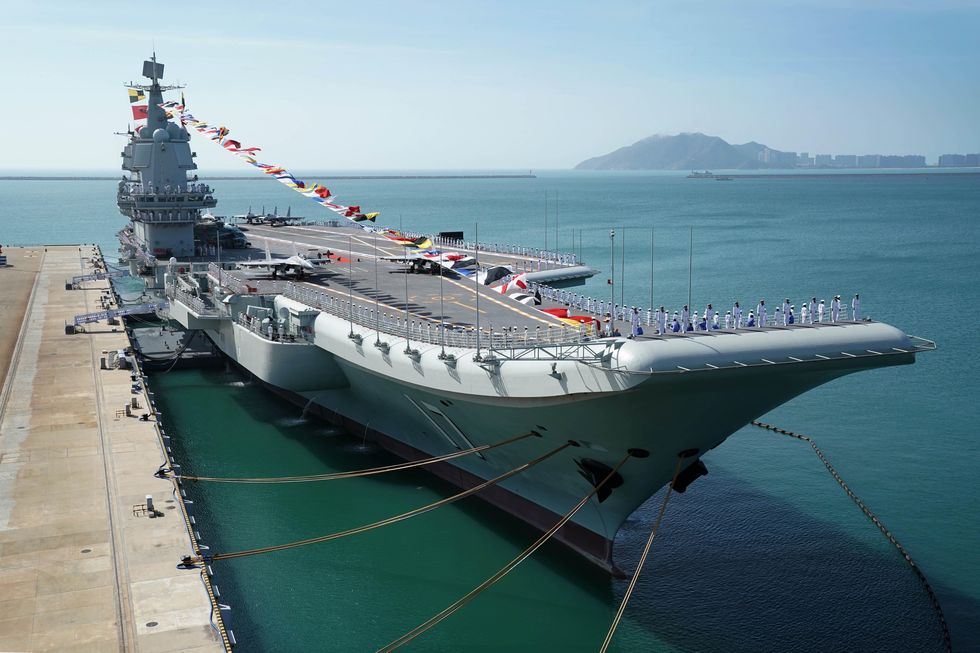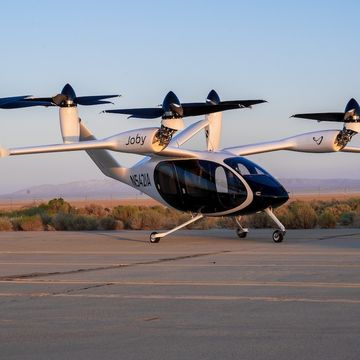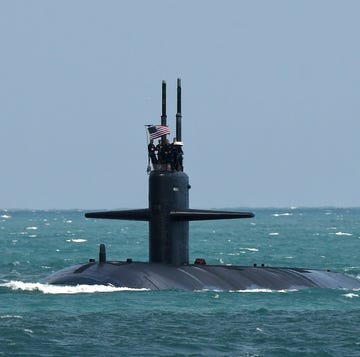- The U.S. Navy wants to accelerate the number of new Constellation-class frigates to four per year.
- This accelerated buy-in would add 40 ships to the fleet in just a decade.
- Aging ships and a failed class of warships has made it tough for the Navy to grow the fleet.
The U.S. Navy wants its new class of guided-missile frigates now, and it wants a lot of them.
Last month, the service outlined plans to open a second shipyard, and add four new Constellation-class frigates per year—a rate not matched since the Cold War. The plan could finally increase the size of the Navy’s battle fleet, a number that the Chinese navy has already left in the dust.
Four Per Year
Chief of Naval Operations Adm. Mike Gilday told a hearing of the Senate Armed Services Committee that he wants to go from two ships per year at one shipyard to production at two shipyards, according to USNI News; it’s inferred that the Navy wants four frigates per year, in addition to its other, annual warship buys.
The Navy has previously committed to just 20 Constellation-class frigates. The desire to add a second shipyard strongly indicates the Navy wants far more than the original number. Two shipyards building two ships per year would yield 40 frigates over ten years, and the actual number of ships the Navy would like is probably somewhere around 50.
Between 1975 and 1989, the U.S. Navy built 51 Oliver Hazard Perry-class frigates. These versatile, useful ships served both in carrier battle groups and alone, showing the flag in relatively peaceful parts of the world, interdicting the flow of drugs into the United States, and performing other low-risk missions that didn’t call for the firepower of a destroyer. In peacetime, the ships would have escorted convoys from the United States to Europe through a gauntlet of Soviet submarines.
Constellation to the Rescue
The Navy retired the Perry class in the 2000s and 2010s—first to downsize, and then with the anticipation that the new frigate-sized littoral combat ships would replace them. But the littoral combat ship experiment has proven a failure, with maintenance problems, high operating costs, and a lack of equipment to make them useful. The Navy is retiring half of the LCS ships, the Freedom-class, after just a few years of service, while the Independence class is under strict scrutiny.
Meanwhile, the U.S. Navy is struggling to grow the fleet. The service set a goal of 355 ships during the Trump Administration, but after four years of inaction, it’s dropped the number and now is shooting for between 321–372 ships. In addition to issues with the littoral combat ship, the service cut the number of Zumwalt-class destroyers from 32 to 3, and failed to design and fund a new class of cruiser. The service has gotten by on coasting on the large number of Arleigh Burke-class destroyers and Ticonderoga-class cruisers; but the first of the Burkes are nearing retirement age, and the Navy claims the Ticonderogas, the largest and most powerful ships in the fleet, are too old and worn-out to continue serving. As a result, the Navy has been stuck in a cycle of five steps forward, four steps back.
The Chinese Threat
The Chinese navy, on the other hand, has had no such problems. The People’s Liberation Army Navy (PLAN) has grown from a “green water” coastal force to a full blue-water navy capable of navigating thousands of miles. In 2021, the Pentagon said the PLAN consisted of 355 warships, a number that would rise to 400 by 2025. While American warships enjoy a distinct qualitative edge, China is catching up.
China’s navy is not only larger than its American counterpart, but it has the benefit of focus, lasering in on the Western Pacific. The U.S. Navy, on the other hand, must contend with a number of potential adversaries, including China, Russia, North Korea, and Iran. This means splitting its attention and resources between the Pacific Ocean, Atlantic Ocean, and Mediterranean/Persian Gulf. If multiple crises demand the Navy’s attention, it could face a demand for more ships than it actually has.
The Takeaway
The Constellation class of frigates is enormously important to the future of the Navy and American seapower. If the effort to grow the fleet stalls, that could send the wrong signal to the rest of the world—particularly China. War with any foreign power isn’t guaranteed, and would be even less likely if potential enemies looked at the balance of forces and concluded the United States would be a tough enemy to beat. A strong fleet isn’t just important in wartime, it’s important in peacetime, too.

Kyle Mizokami is a writer on defense and security issues and has been at Popular Mechanics since 2015. If it involves explosions or projectiles, he's generally in favor of it. Kyle’s articles have appeared at The Daily Beast, U.S. Naval Institute News, The Diplomat, Foreign Policy, Combat Aircraft Monthly, VICE News, and others. He lives in San Francisco.
